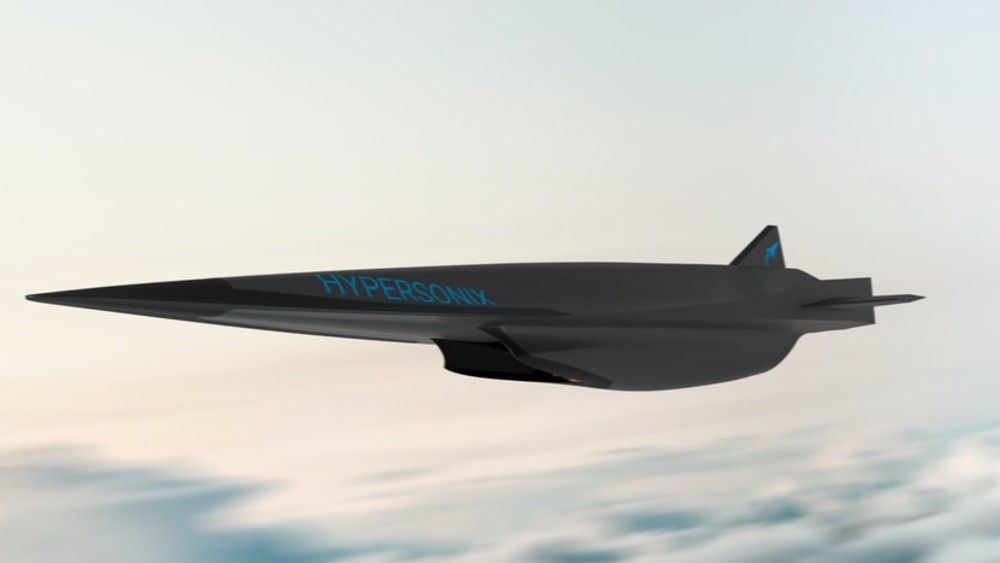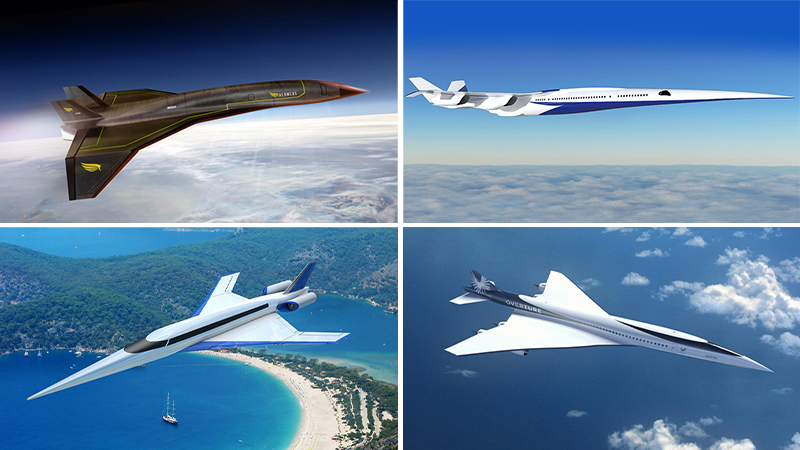

Image Courtesy: Hypersonix
The US has long been at the forefront of innovative military technology. Recently, a new concept entered the US market: a hypersonic drone powered by green hydrogen. Considering the push for hydrogen fuel elsewhere in aerospace, the idea of a hypersonic drone is a pretty big development.
This system is the DART AE. It could have a major impact on the industry as a whole, both in the US and elsewhere. Below, we’ll look at what its technology offers, and how it could shape the near future of aerospace technology.
Before looking at the jet itself, we should start by discussing the companies involved in bringing it to the US market. These are Hypersonix Launch Systems and Kratos Defense & Security Solutions.
Hypersonix is an Australian aerospace company that specialises in hypersonic and scramjet technologies; it’s the company behind the DART AE. Kratos is an American engineering company that invests in a wide range of cutting-edge tech, including unmanned drones, hypersonic engines, propulsion systems, and much more.
Together, the companies plan to bring the DART system to the US market in an affordable and scalable way. Kratos has worked with several Australian aerospace companies to help them launch their research missions, so it brings plenty of relevant experience to this partnership.
As part of the agreement, Hypersonix and Kratos plan to bring 20 DART AE systems to the US market, with the possibility of many more to follow once they have established a scalable production model. But what is the DART AE, and why is its launch so important?
The DART AE is a hypersonic scramjet-powered by hydrogen fuel. It uses a range of novel technologies, including a 3D-printed airframe made from high-temperature alloys and, of course, a hydrogen-fuelled engine.
It has a range of 1000km and a theoretical maximum speed of Mach 7, which is very impressive for a hydrogen engine. As with other scramjets, it must be launched from a separate craft. But Hypersonix is developing the aircraft so it can be launched from a sounding rocket to help reduce cost and improve sustainability.
Although the DART AE has yet to be test launched, its technology will be a major development for unmanned aircraft, hypersonic flight, and aerospace more generally. Its initial role will be for reconnaissance and intelligence missions, but hypersonic travel can serve many other purposes.
We can’t overlook the trickle-down effect this technology will have on commercial aerospace. As is often the case with military technology, we’ll likely see a version of this appear in the next decade or two. Considering there are already companies working on commercial hypersonic aircraft, this could mean a lot for passenger aircraft.
Despite not having yet tested the DART AE system, Hypersonix hopes to launch it in the first quarter of 2024. This says a lot about the current state of its technology: it’s clearly well underway and at a point where Hypersonix is confident to roll it out in the not-too-distant future. Hopefully, its agreement with Kratos and launch in the US market will provide a major boost for its scalability and production.

